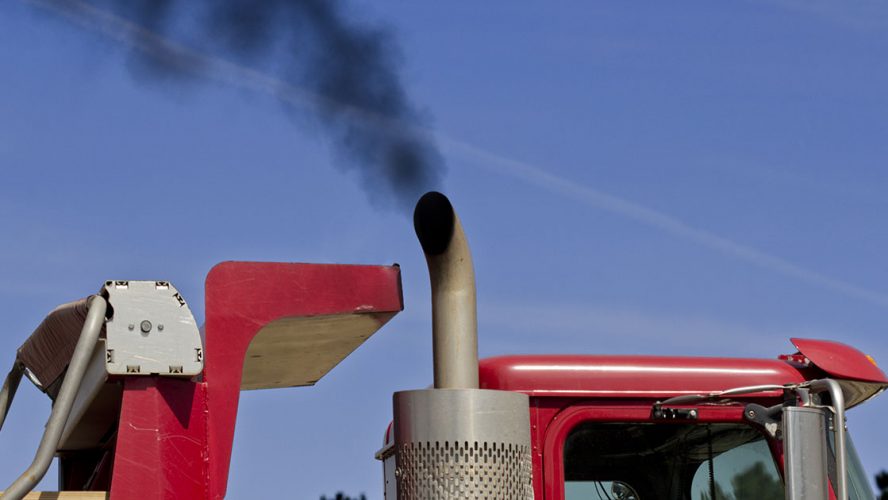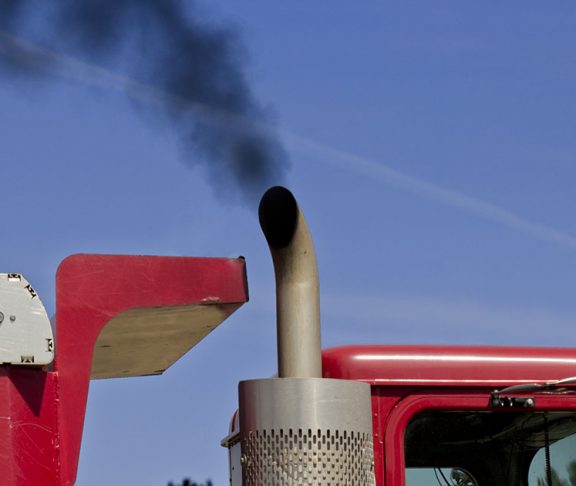The ports of Los Angeles and Long Beach are the largest source of air pollution in the most polluted region in the country. In 2006, the ports jointly adopted a Clean Air Action Plan (CAAP), which led to significant emission reductions. For example, diesel-particulate emissions — known to contribute to higher rates of asthma, heart and lung disease — are down 84 percent from mobile sources in and around the ports. Although there has been significant progress over the last ten years, Southern California still has the worst air quality in the nation.
Impossible solutions
The ports recently released proposed changes to the CAAP, outlining targets and strategies to reduce emissions from all port-related sources for the next twenty years. One of those goals is a “zero-emission” mandate for port trucks by 2035. This goal is admirable yet lofty because there is no such thing as a “zero-emission” vehicle. All power comes from somewhere, and “somewhere” is often a polluting power plant fired by fossil fuels. Moreover, it is widely acknowledged by government, industry and academic stakeholders that heavy-duty, battery-electric trucks are decades away from reaching commercial maturity. Thus, the draft plan lacks practical stepping stones to facilitate this transition to zero-emissions.
Short-term goals
Without interim steps, older, polluting heavy-duty vehicles fueled by diesel — the number one source of harmful, smog-forming emissions in the region — will continue to run and continue to hurt the health of everyone who lives or works in the greater Los Angeles area. In other words, the ports’ plan has no requirements for cleaning up the existing truck fleet until an unknown future date when a statewide emission standard for trucks, that is yet to be defined, is adopted. If a new, statewide truck standard is not adopted, then dirty diesels will continue to service the ports until 2035, when the entire truck fleet is then supposed to be electrified.
We can do better.
Avoidable disaster
The ports’ draft plan ignores the growing body of technical studies from the state’s environmental protection agency, local air pollution-control agencies and many universities, which have found that diesel trucks pollute 5 to 10 times more than they claim. This means that the current strategy to clean up emissions from port trucks relies on failed diesel technology. Meanwhile, the plan doesn’t incorporate cleaner vehicle technology and fuels that are available today.
Southern California needs to move quickly to reduce emissions from heavy-duty vehicles, and the ports’ plan should spur the deployment of the cleanest vehicles and fuels immediately. Any plans to the contrary sentences future generations to completely avoidable emissions.
It is critical for community members to let their voice be heard, to ensure the ports adopt a more aggressive strategy to clean up truck emissions. Our health depends on it.
Mike Gatto, Former California State Assemblyman, [email protected]

